


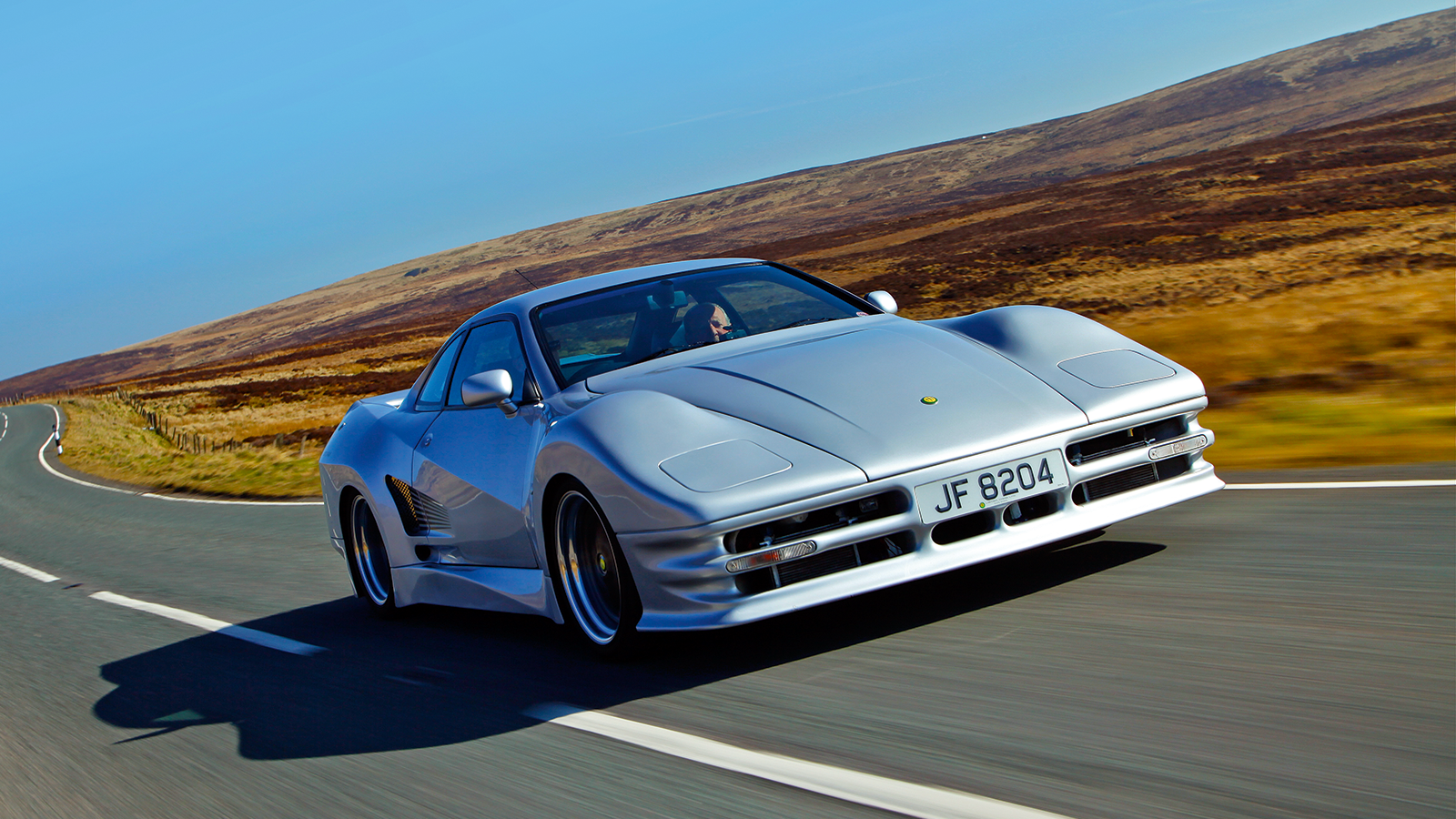

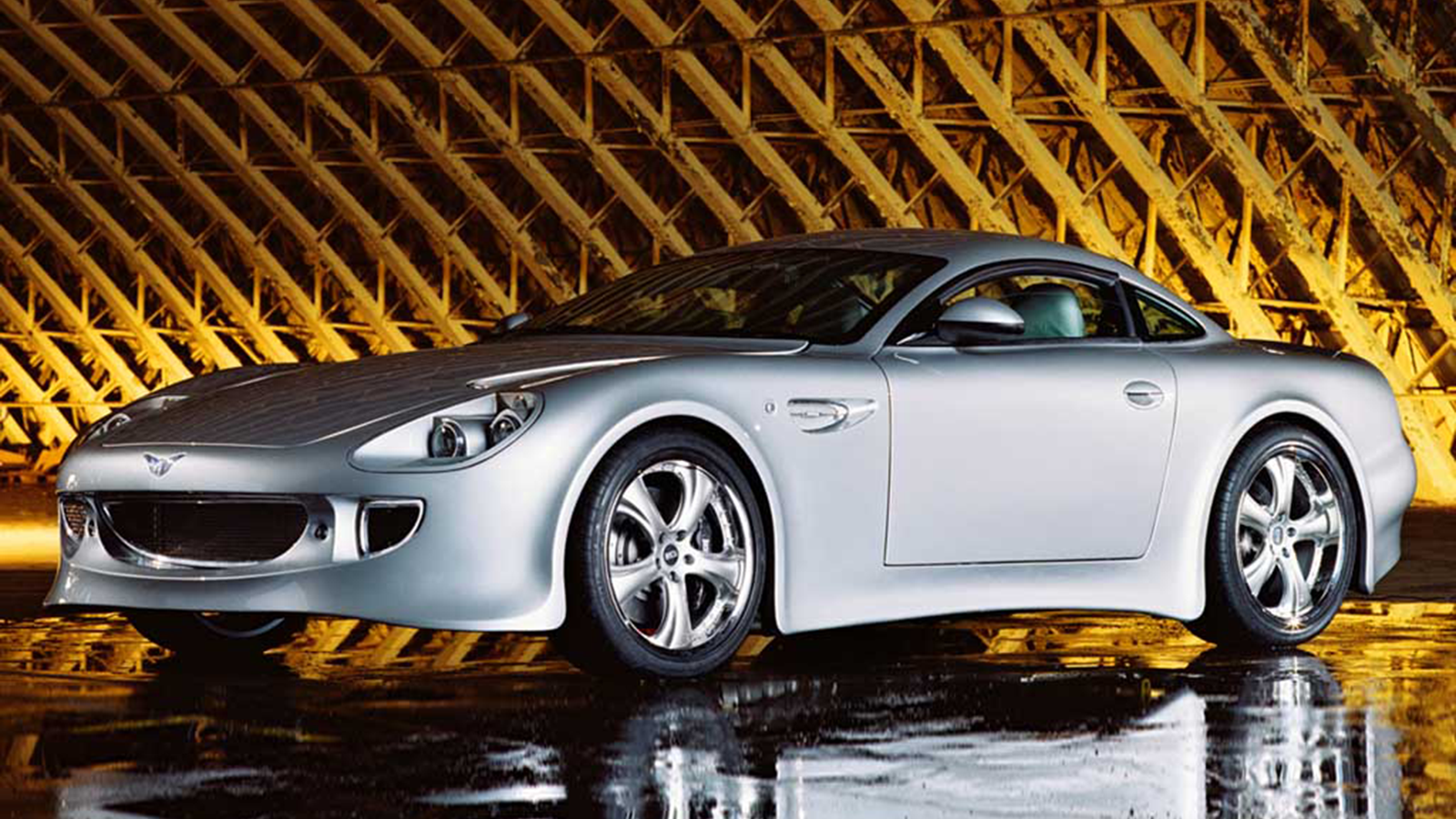

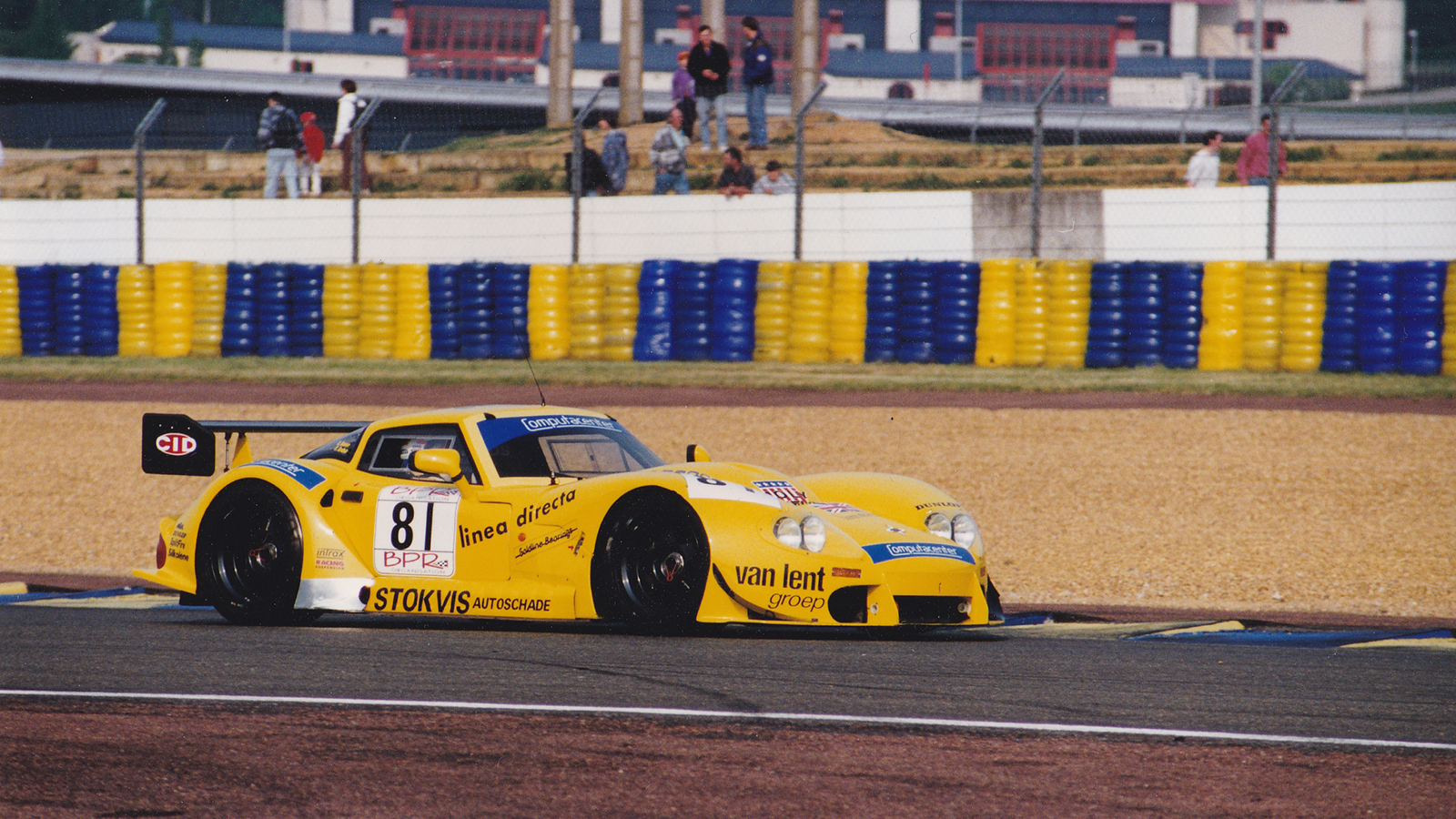
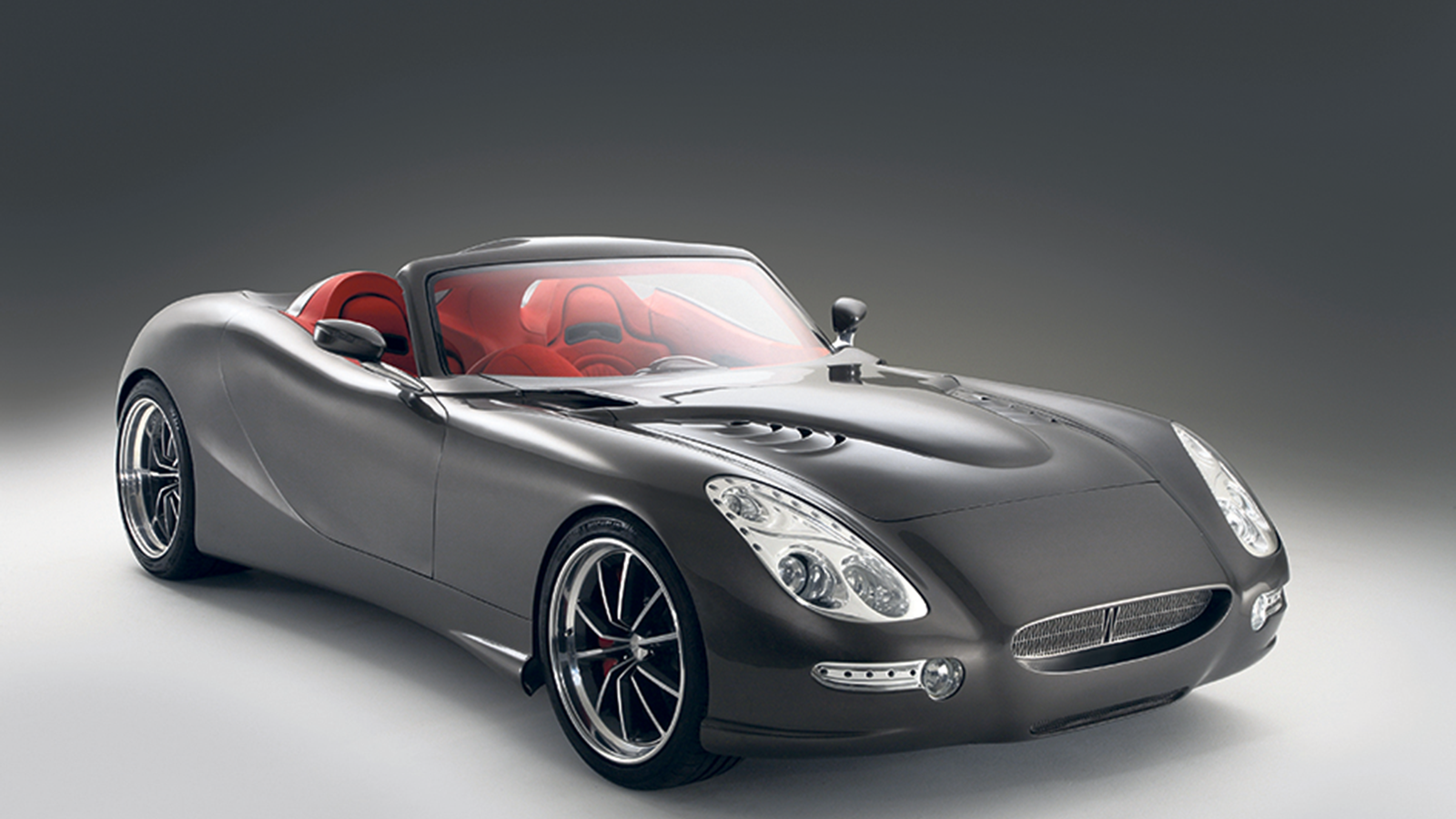
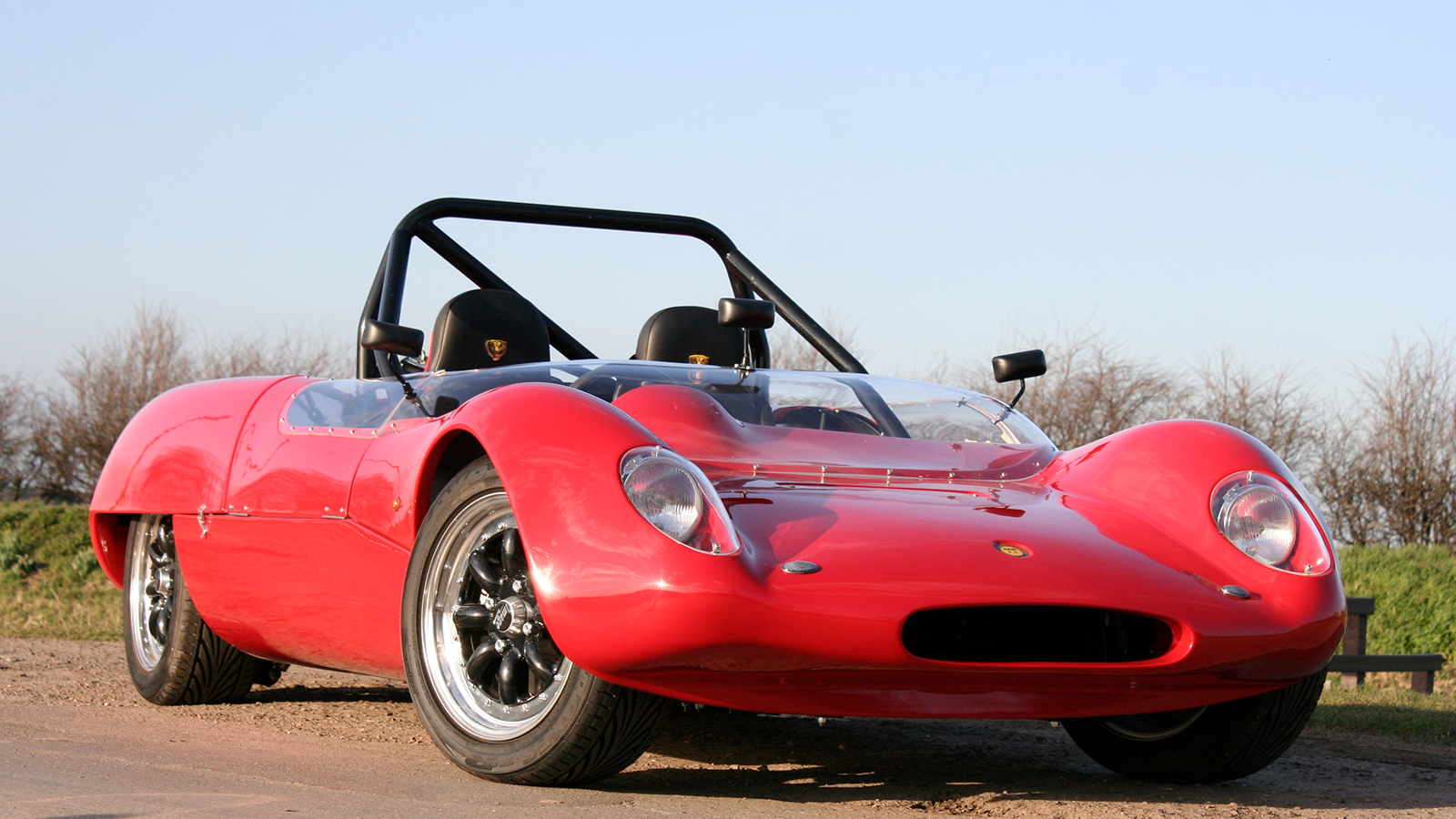
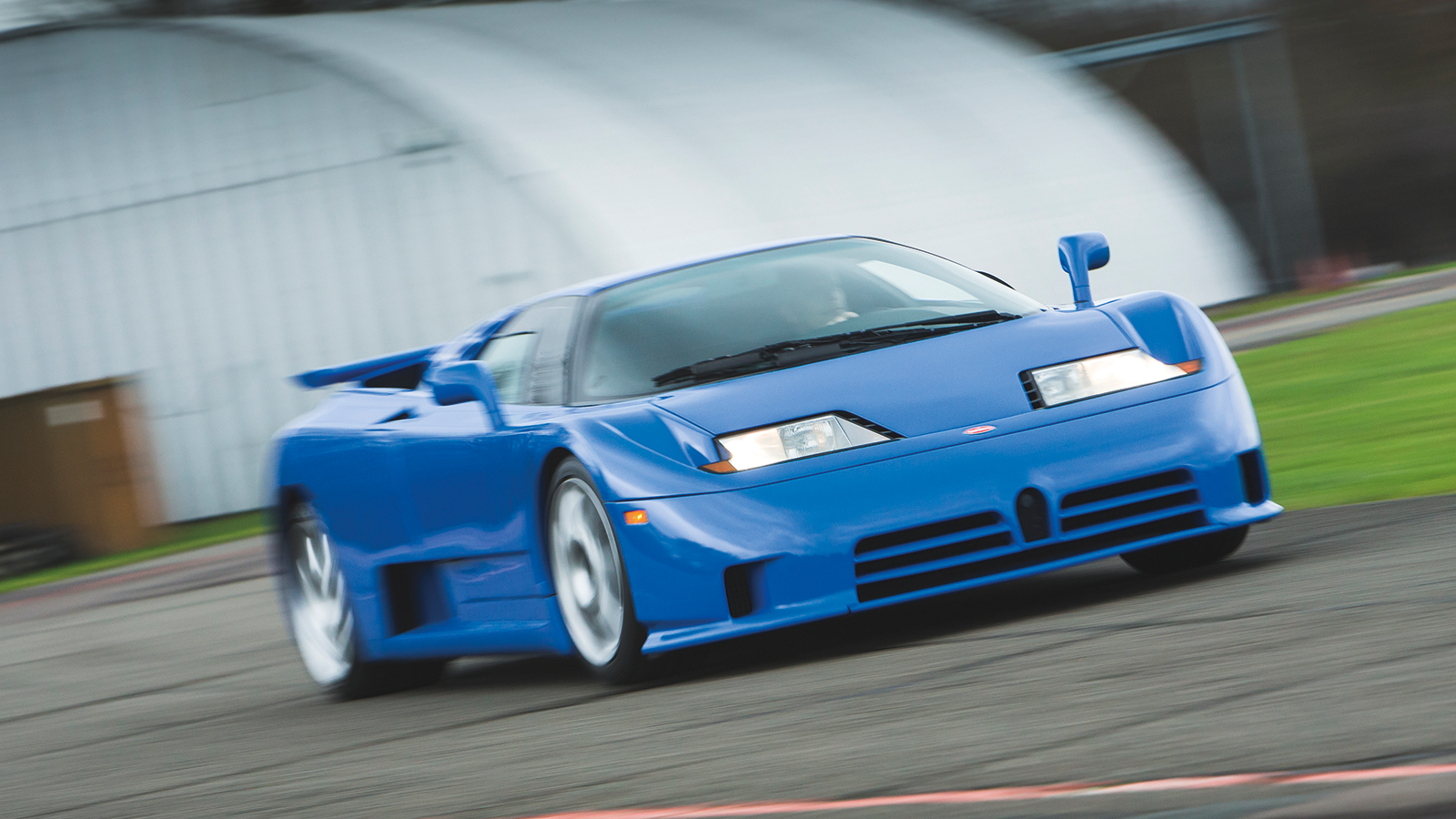
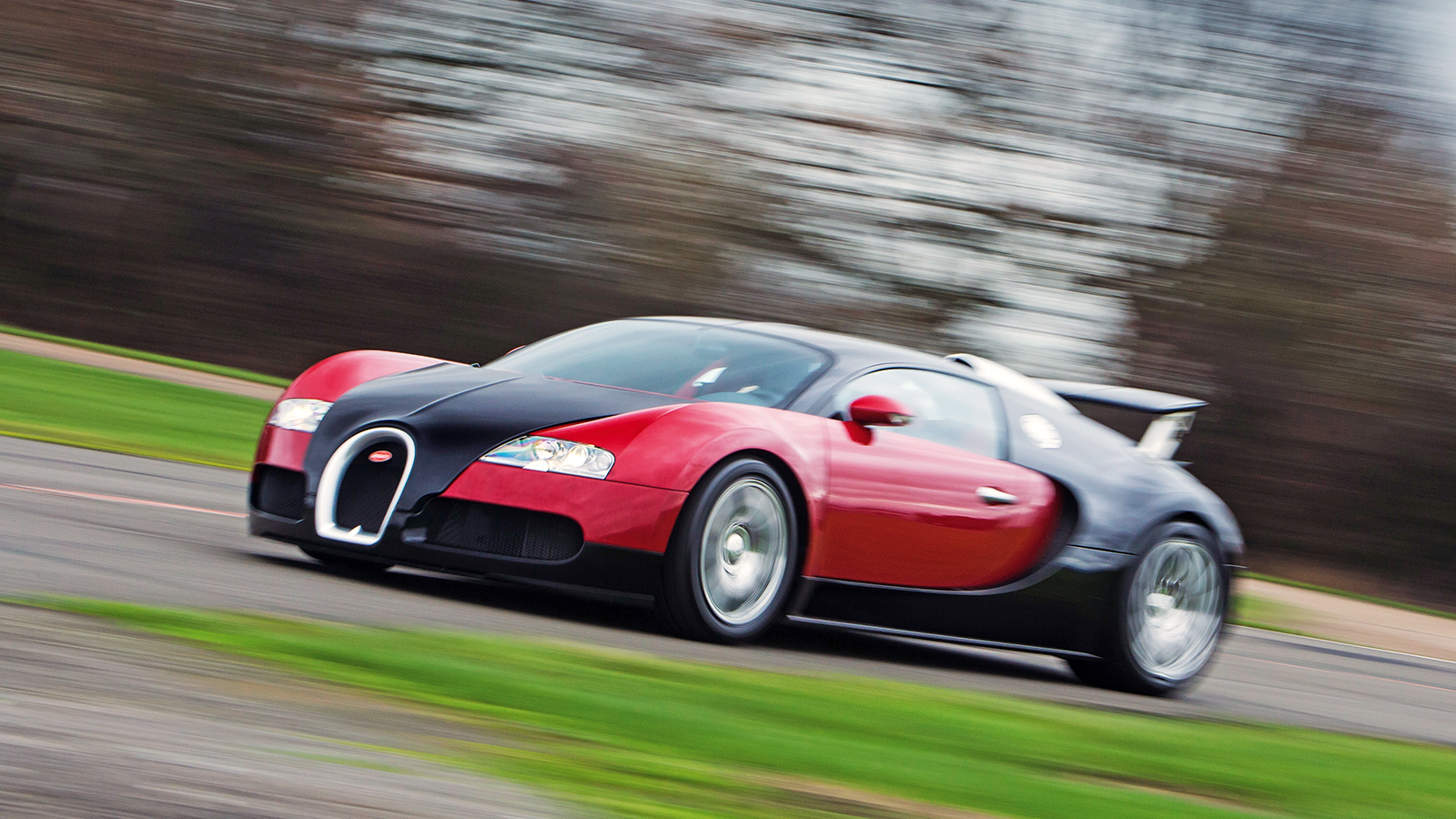
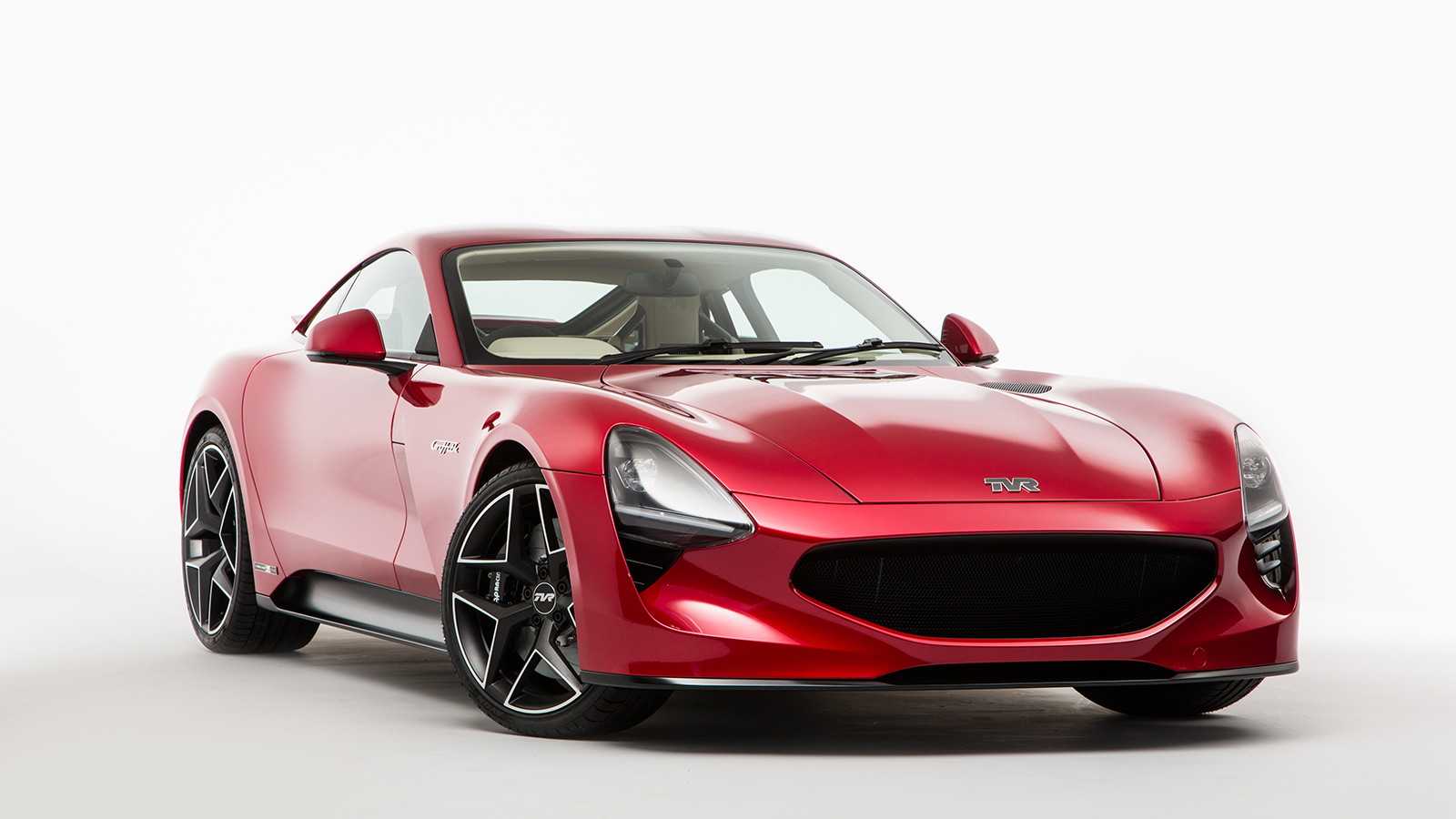

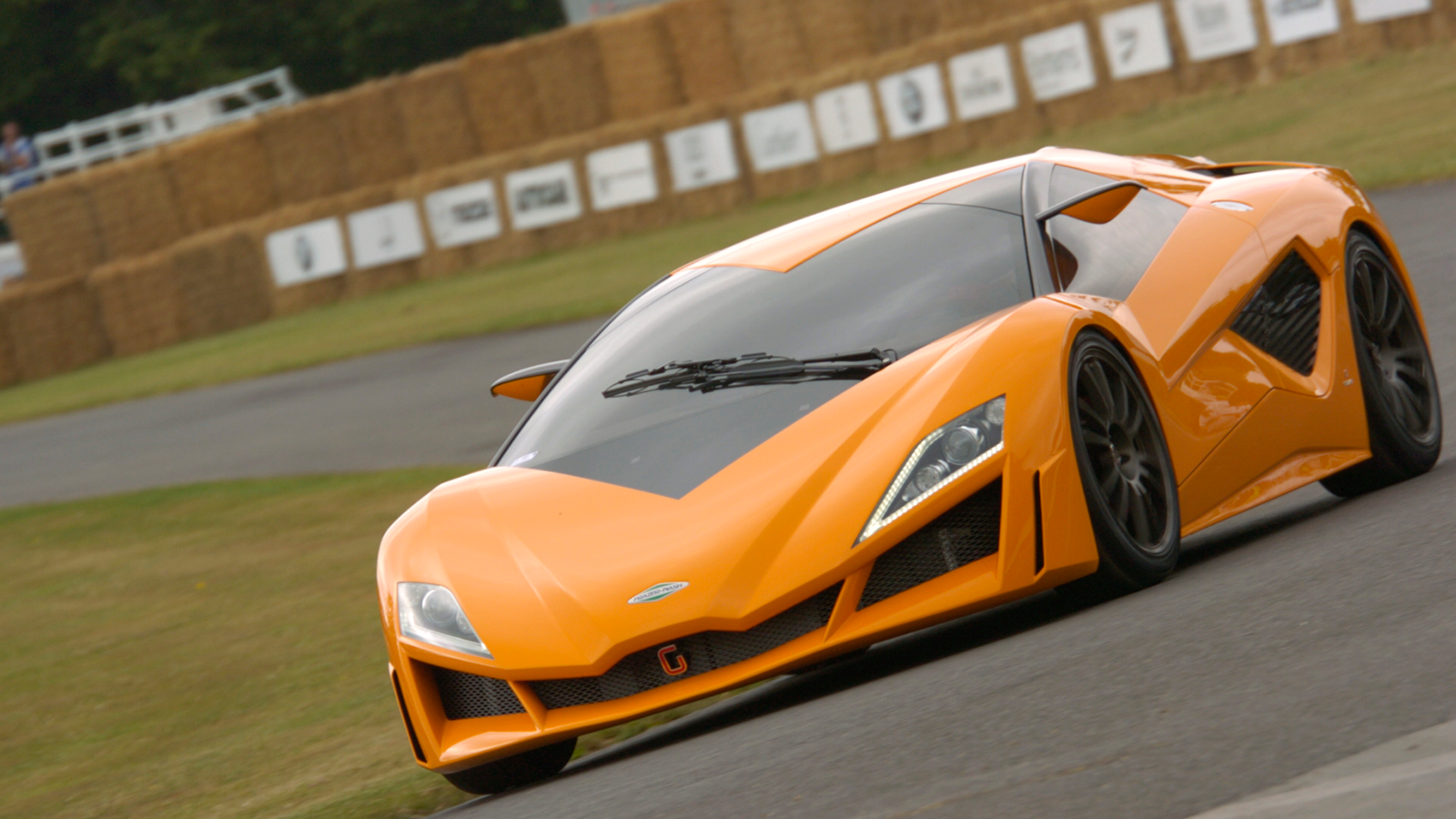
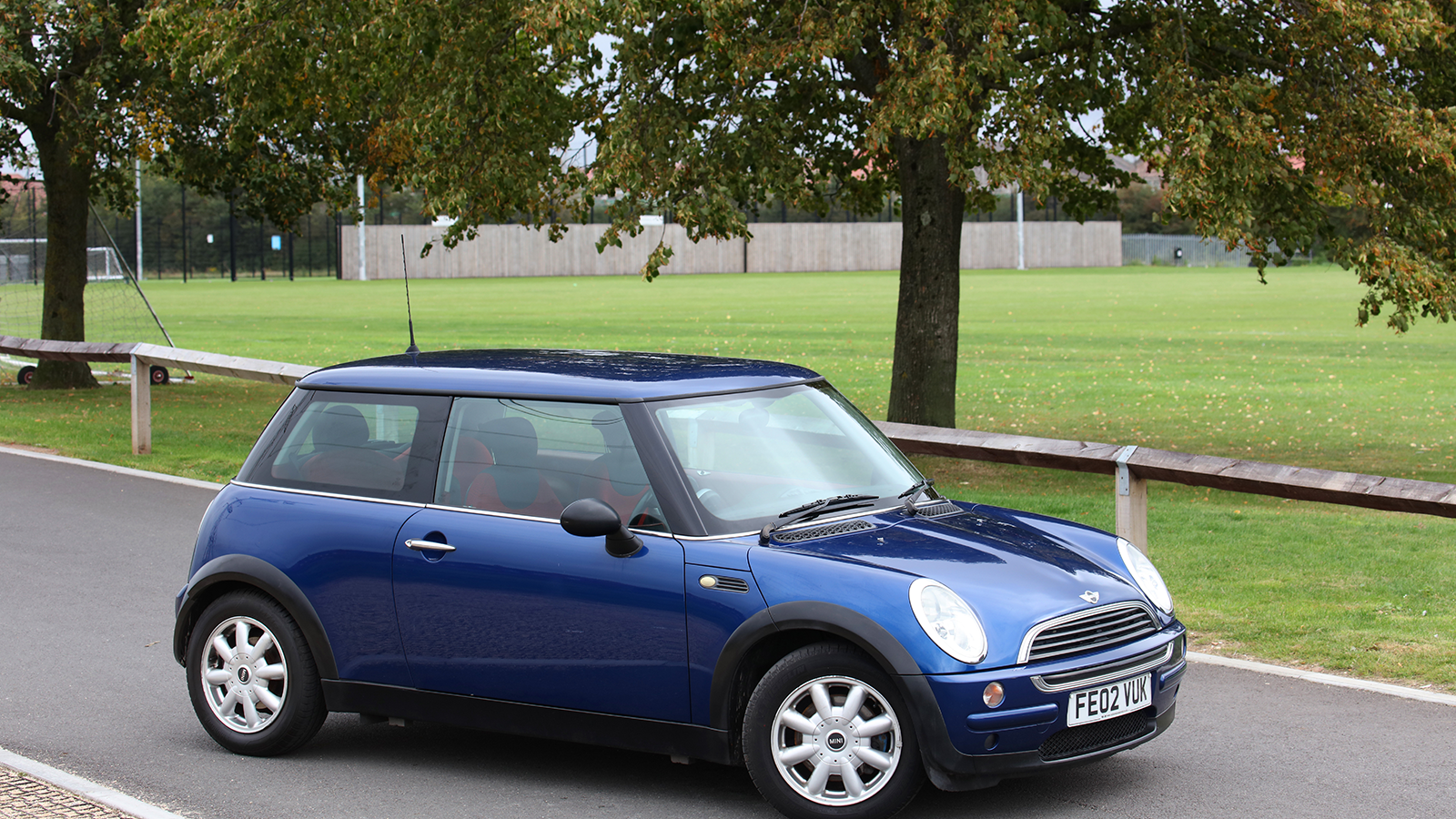
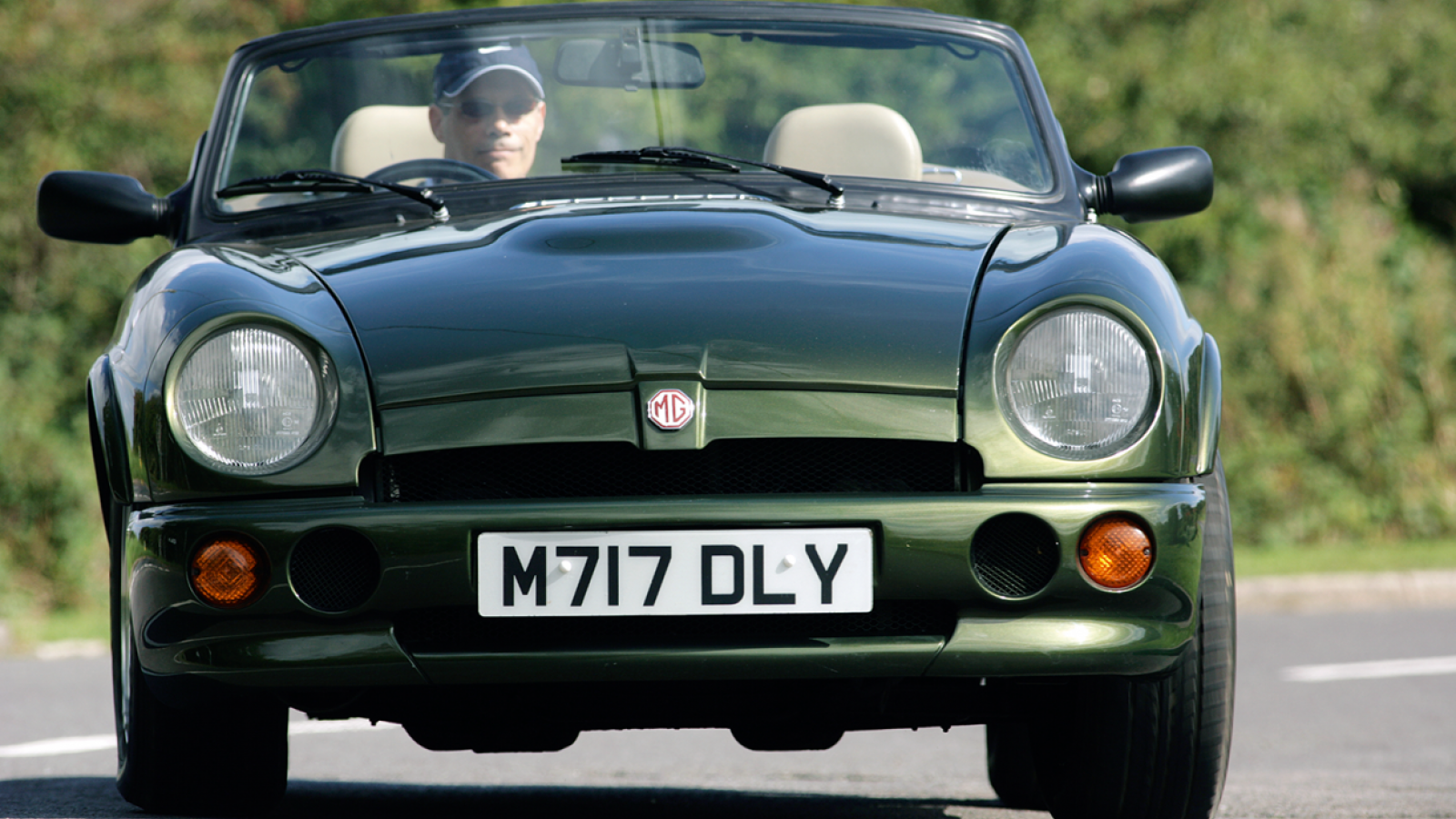
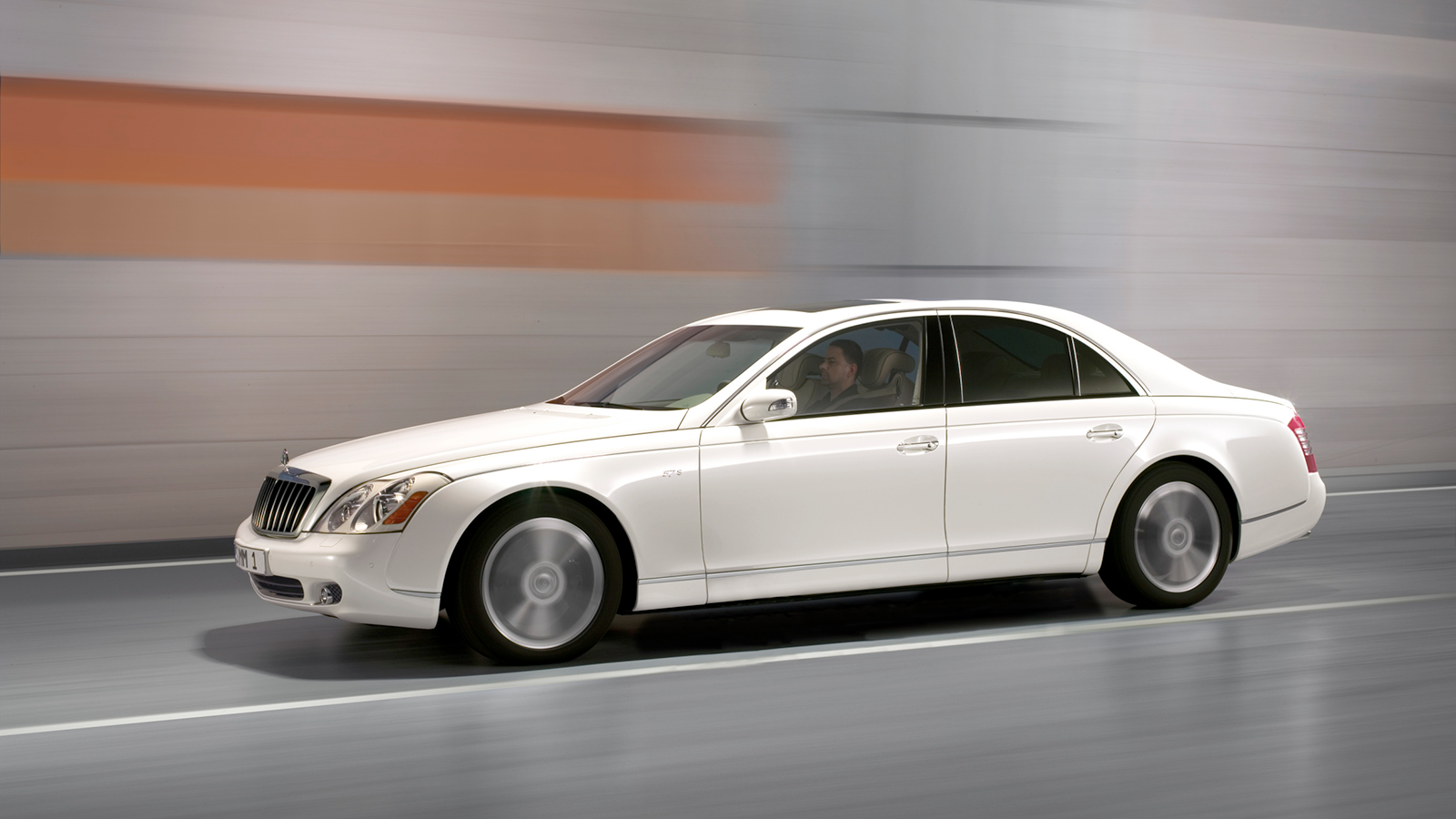
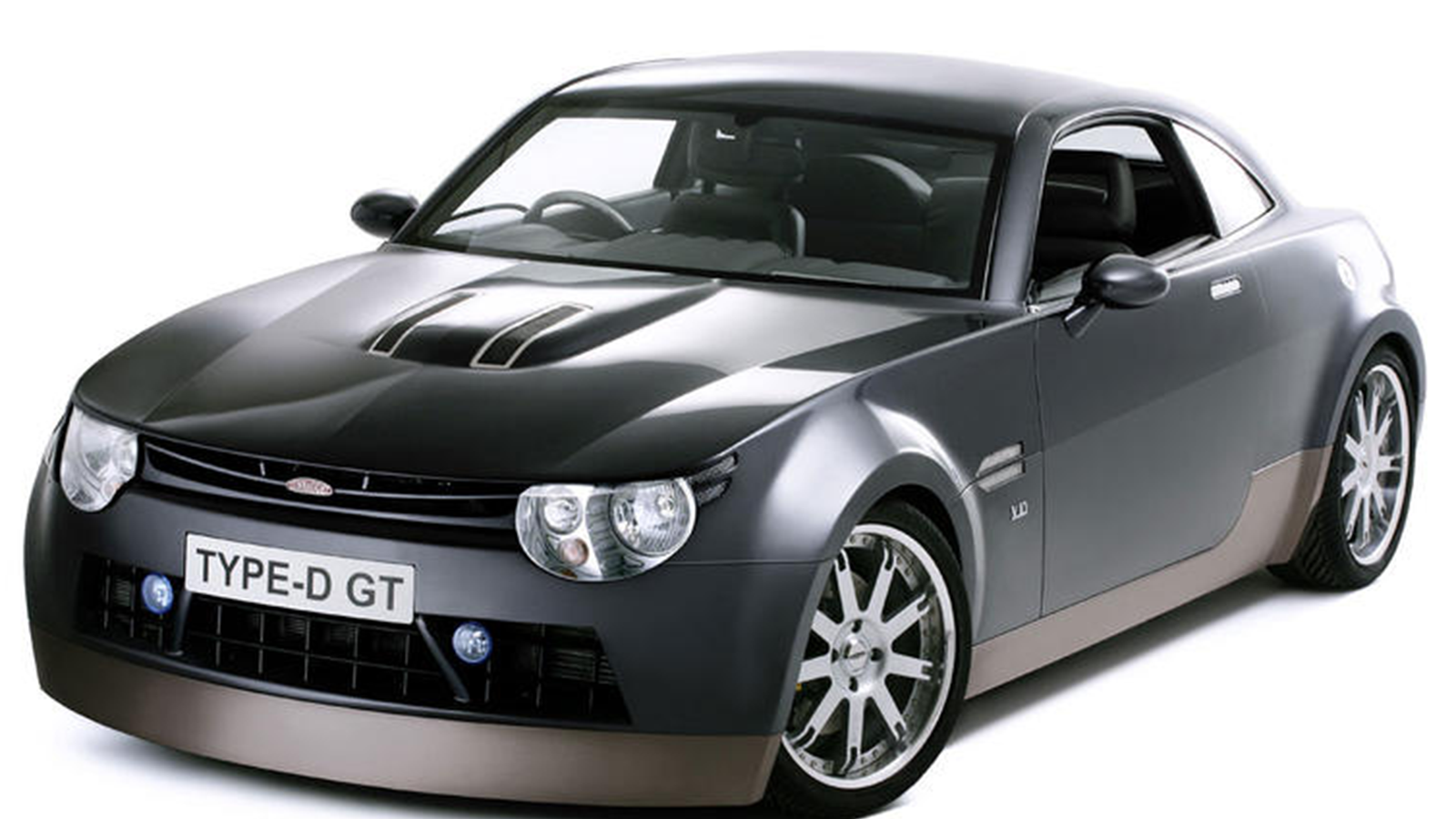
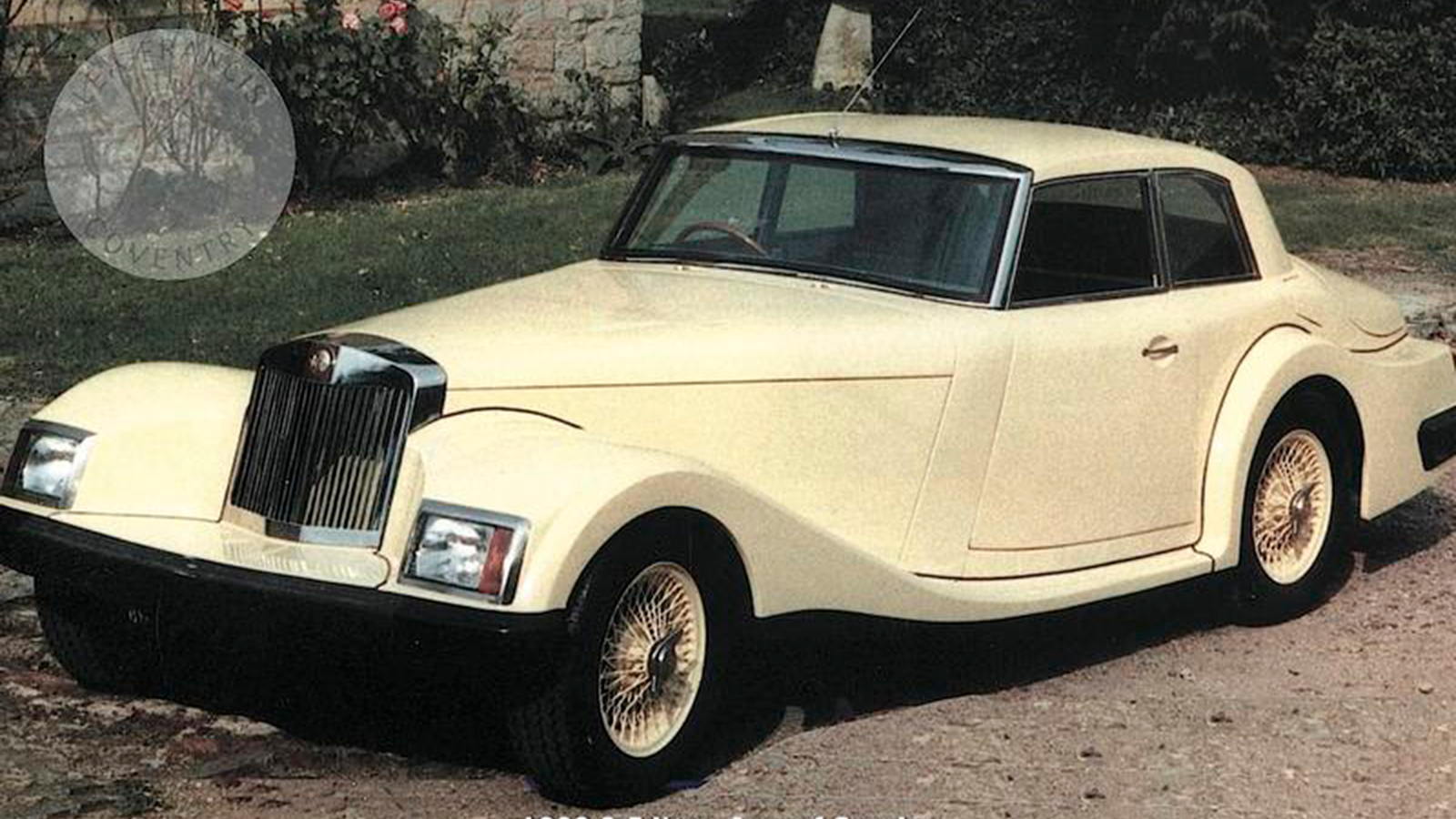
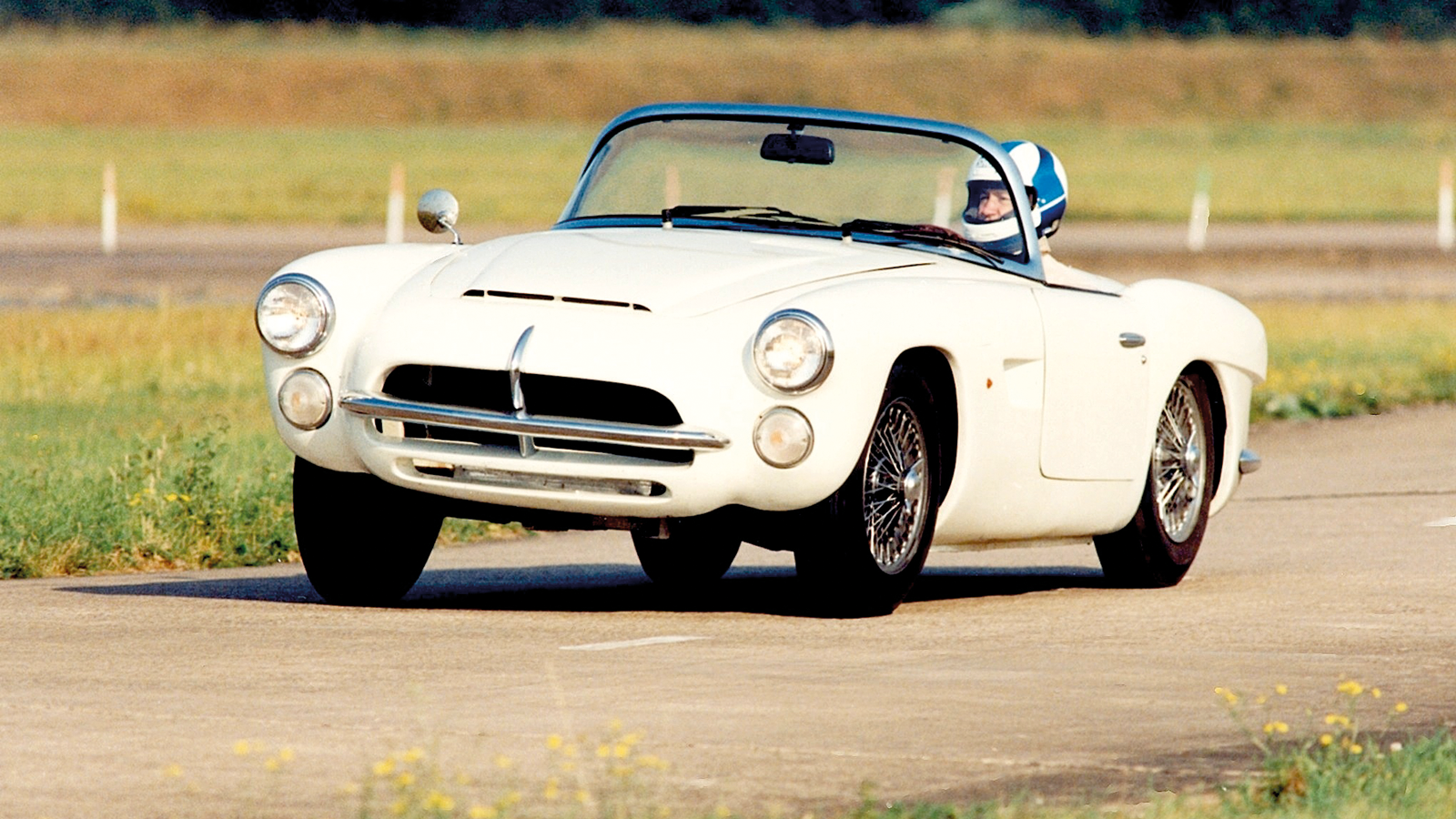
Back from the dead
Revivals of classic car marques have long been considered a sure-fire shortcut to gaining brand recognition, if only by would-be motor moguls. It’s easy: just pick a once-successful but long-dormant brand and leach off its accomplishments.
However, few have ever succeeded. Fewer still have lived up to the billing of the original marque, let alone added further lustre.
Some have been revived by well-meaning enthusiasts, keen to see the marque they love make a comeback. Others, by contrast, represent little more than cynical marketing opportunities on the part of multinationals.
Gathered here are a selection of the good, the bad and the risible among brands that have been bought back from the dead, sometimes more than once. And if you think this is a recent phenomenon, think again…
1. Mercer
Arguably the first example of a marque revival, this distinctive roadster was inspired by George Hartley, president of the Copper Development Association of New York.
Strictly a concept car, it was styled by Virgil Exner and built by Turinese metal-shapers Sibona & Bassano. It was based on a lengthened AC/Shelby chassis and took its public bow in December 1964 as the Mercer Cobra.
2. Duesenberg
Legendary for its luxury road cars and Grand Prix-winning racers, this American marque has been revived ad nauseum since the Second World War, most memorably with the Virgil Exner-styled, Ghia-bodied Duesenberg II of 1966.
Press releases from the period suggested that no more than 50 would be made. It remained unique.
3. Lister
Close on three decades have elapsed since the Lister Storm broke cover in November 1993, but it hasn’t lost the power to shock. Just about everything about this car was – and remains – controversial.
On the flipside, however, the V12 Storm went on to vanquish all comers in GT racing at local and international level while being every inch a true gran turismo.
While not to all tastes, the Storm added gloss to the original Lister brand name.
4. ATS
Created by a cadre of ex-Ferrari men, the ATS 2500 GT of 1963 was arguably the world’s first mid-engined supercar.
However, this upstart start-up operation soon foundered, in no small part due to warring paymasters and a woefully unsuccessful Formula One bid.
More recently, ATS was revived with a roadster that bore more than a passing resemblance to a Ginetta G40. The name is currently applied to a reskinned McLaren.
5. Invicta
This once proud British marque was reanimated in the immediate post-war years with the Black Prince, but it failed to take flight.
The name made an unexpected comeback in 1982 with two models: the pre-war-style Tourer, which featured Jaguar XJ running gear, and the Tredicim which was a Jaguar XJ13 lookalike (if you squinted). Both projects tanked.
The marque was then rebooted for a third time in 2004 with the S1 (pictured) which was designed by ex-Marcos men, Chris Marsh and Leigh Adams.
6. Jensen
When the S4 first broke cover in 1983 the problem wasn’t one of recognition. Memories of the Jensen Interceptor were still fresh – the original had died as recently as May 1976, after all. However, just 15 S4s were made to 1993.
The marque made a further comeback in 1998 via the S-V8, but there was a three-year gap before it entered production. Just 20 were completed before Jensen died again, although a further dozen were finished by Jensen International Automotive.
7. Marcos
This characterful British marque came unstuck in the early 1970s after 27 cars were impounded in the USA. With no revenue coming in, company co-founder Jem Marsh was obliged to sell up, the firm being essentially asset-stripped thereafter.
Marsh set up shop next door and in 1981 began offering the classic ‘coupé’ outline in kit form. Marcos would undergo serial ownership into the 1990s, while also returning to frontline motorsport, before the final curtain descended in 2007.
8. Trident
The Trident marque made an unexpected comeback at the 1998 British Motor Show. Several years in gestation, the new car was powered by a quad-cam Ford V8.
Little was heard of it again until the 2000 British Motor Show when the car reappeared as the Trident Iceni (pictured).
It has made sporadic comebacks since then, with bold talk of a GT race programme and a switch to diesel power, but it remains something of an enigma.
9. ERA
English Racing Automobiles made an unexpected return in the late 1980s with a customised Mini which is widely regarded as one of the better conversions of its type. It featured a special bodykit designed by ex-Marcos man, Dennis Adams.
The name has more recently been linked to a Lotus 23 lookalike and a ‘retro’ single-seater produced by Tiger Racing, a firm well-known for its Lotus Seven-esque roadsters.
10. Bugatti
Of all the many marque revivals, few have succeeded as strongly as Bugatti, if only in terms of longevity.
The quad-turbocharged, four-wheel-drive EB110 was a technical tour de force, even if the styling wasn’t to all tastes.
Deliveries began in December 1992 and ended in September 1995. A mere 85 ‘entry-level’ GT editions were made (one in right-hand drive), along with 30 carbonfibre-bodied Supersports and 13 test hacks.
Bugatti (cont.)
Following Bugatti’s bankruptcy sale, Jochen Dauer acquired and completed a batch of partially built cars, while adding a few tweaks of his own. Volkswagen subsequently obtained the rights to the name for a rumoured £20m.
Following repeated delays, the Veyron 16.4 was revealed in 2005 with a claimed power output of 1001PS (987bhp). In April of that year, the model was clocked at 253.81mph at the Ehra-Lessien test track in Lower Saxony. This was followed by the Chiron in 2016, which was limited to 261mph…
11. TVR
After previous custodian Nikolay Smolensky vacated the scene in 2013, we had to wait a further four years before a new TVR broke cover. It did so at the September 2017 Goodwood Revival, amid much hoopla.
With design deity Gordon Murray acting as a consultant, and Cosworth modifying a five-litre Ford Coyote V8, great things were expected of the Griffith. So far, little has been delivered.
12. Lagonda
A marque that has had more than a few fallow periods, Lagonda was revived again in 2009 when parent company Aston Martin unveiled a four-wheel-drive SUV concept at the Geneva Motor Show.
Reaction was somewhat mixed, but it followed through with the Taraf (an Arabic word meaning ‘ultimate luxury’). Production of this V12 super-saloon began in 2015 and ended a year later – 120 were sold at a cool $1m a pop.
13. Frazer Nash
Strictly speaking, this was a product of Frazer-Nash Research rather than the associated – but long-dormant – Frazer Nash marque (note lack of hyphen).
Equipped with a set of four motors, plus an on-board rotary ‘engine generator’, and styled by ItalDesign, it emerged in 2009 and was purportedly capable of reaching 0-62mph in 3.5 sec, with a top speed of 187mph.
14. Mini
The original BMC Mini was launched in 1959 and became a marque in its own right at the end of the following decade.
BMW acquired the brand in 1994 when it bought the Rover Group, the last of the much-loved tiddler being made in 2000.
A year later, BMW unleashed its own take on the theme, variants going on to prove hugely popular, and for good reason, even if the word ‘Maxi’ might have been more apposite.
15. MG
It’s easy to forget the outcry that surrounded the axing of the MG brand in October 1980. The closure of the Abingdon plant formed part of a series of cutbacks within British Leyland.
However, the marque returned to ‘badge engineering’ in 1982, the Metro, Maestro and Montego being recipients of the octagon logo.
The first standalone product was the RV8 (pictured), itself rooted in the MGB, which entered limited production in 1993.
16. Maybach
Maybach was one of the great German brands prior to the Second World War. Rights to the name passed to Daimler-Benz in 1960, but a new standalone model would not enter production until 2002.
However, the 57 and 62 models weren’t as warmly received as their makers may have hoped. Manufacture ended in 2012, although, as of 2018, an ultra-luxuriant variant of the Mercedes-Benz S-Class has been offered under the Mercedes-Maybach banner.
17. Connaught
Connaught was one of the great British underdogs during the 1950s Grand Prix era, not to mention a manufacturer of small-series sports cars.
An attempt was made at reviving the marque in the late 1990s, but it remained only a rendering.
However, Connaught made quite the splash under a different guise in 2005. The Type-D was a V10-engined hybrid, purportedly capable of 171mph. However, it was soon hampered by a lack of funds.
18. Lea-Francis
Another marque that has been revived several times, this once-proud sporting brand returned on the quiet in 1980, but it made headlines in 1992 with the coupé variant of the Ace of Spades (itself, a model name revival).
This Jaguar-engined machine boasted pre-war styling elements and… Austin Metro headlights. The marque was revived again in 1998 with the Jim Randle-engineered 38/250, but it remained a prototype.
19. Pegaso
In 1989, Spain’s ENASA contracted International Automotive Design of Worthing to develop a new car based on the original Pegaso.
The two-years-in-the-making Z-103 Spider (pictured) broke cover in the summer of 1991 and, outwardly at least, appeared identical to a 1950s Serra-bodied roadster save for the steeper windscreen, frameless side glazing and different rear light clusters.
Beneath the skin, there was a 3.9-litre Rover V8 engine allied to an Alfa Romeo 75 five-speed transaxle. Only 11 were made.
